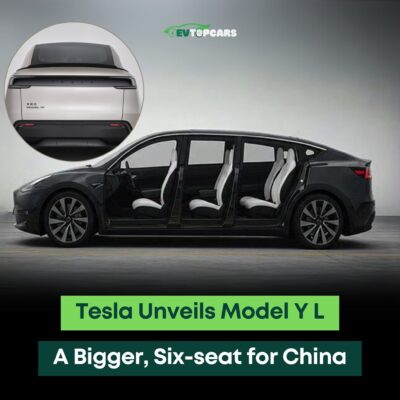Hybrid vehicles, which have made a name for themselves in recent years, continue to attract the attention of automobile enthusiasts. The fuel system in these vehicles works differently from that of conventional cars. You can find the details of the fuel system in hybrid vehicles in the continuation of our article.
Vehicle manufacturers have been competing with each other for a long time to find solutions to increasing air pollution and global warming. In this way, it is thought that the vehicles that will cause the least damage to the environment will be seen much more frequently in the future. Here , hybrid vehicles (Hybrid Electric Vehicle: HEV) are the result of the steps taken towards this goal. It is also one of the keystones of the transition to fully electric cars . Because HEVs have an electric motor as well as a conventional motor.
Vehicles using fossil fuel engines endanger the environment with the carbon gas they emit. Hybrid vehicles, on the other hand, are compared to fully electric vehicles to reduce carbon emissions .becomes an attractive alternative during the transition period. It is a well-known fact that HEVs help reduce carbon emissions. So, how accurately is the working principle of hybrid vehicles and how the fuel system works?
1. How is the Hybrid Vehicle Working Principle?
The working principle of hybrid vehicles is simply based on the use of two types of power sources. Hybrid vehicles also have an internal combustion engine, as in conventional vehicles. But besides that, HEVs also contain an electric motor and battery. Thanks to the extra power provided by the electric motor, the vehicle’s engine is smaller and therefore its weight is less. This is one of the factors that improves performance while driving.
In hybrid vehicles, switching between engines is done automatically. The transition from a fossil-fuel engine to an electric motor happens automatically when the car is traveling at low speed or waiting at the lights. In this way, it is ensured that the highest efficiency is obtained from the vehicle and any performance loss is prevented. Battery charging in HEVs, on the other hand, is done by regenerative braking and internal combustion engine, not through a charging station as in all-electric vehicles.
Learn More: What is the ideal electric motorcycle model?
2. What is Hybrid Fuel?
Hybrid vehicles also have an electric motor as a power source, as well as a gasoline-powered engine as in conventional vehicles. In this way, no carbon emissions occur when the electric motor is engaged. However, when the internal combustion engine is running, exhaust emissions continue to occur. So, how does the fuel system work for these two separate engines in hybrid vehicles?
2.1. What is the Fuel System in Hybrid Vehicles?
Fossil fuel engines in hybrid vehicles contain a fuel tank as in conventional vehicles and work on the same principle. The fuel needed for the internal combustion engine to operate can be obtained from filling stations. Hybrid cars are also preferred due to their low fuel consumption compared to conventional vehicles. The fuel principle of the electric motor, which is the secondary power source of HEVs, is based on the battery and the existence of a charging system to fill the batteries.
Learn More: What are the unique features that distinguish electric vehicles from other vehicles?
In these vehicles, the electric motor can be used both on its own and in conjunction with a conventional engine to power the vehicle. The battery voltage, which is the fuel of the electric motor, is not provided by plugging the vehicle into an outlet, as in all-electric cars. Instead, the battery can charge itself with the gasoline engine and regenerative braking. However, plug-in hybrid vehicles, unlike this, allow both fuel supply and external charging. electric vehicle technology










What are the unique features that distinguish electric vehicles from other vehicles?
What is the ideal electric motorcycle model?